
The purported blizzard of record-breaking proportions never struck New York City Monday, as some meteorologists predicted it would. By Tuesday morning, around eight inches of snow had fallen in Central Park, instead of the forecasted two to three feet.
But much of the city was shut down anyway, as New York Governor Andrew Cuomo suspended subway service, street traffic and commuter lines in and out of the city as a precaution Monday night. Schools, too, were closed for the day.
How much did the the snowstorm cost the greater metropolitan area? There are direct expenses—the cost of snow removal, for instance—and then there are bigger economic costs, like the productivity loss. A preliminary cost is difficult to measure accurately, but here are a few ways to think about the costs involved:
It costs money to clean up snow
When the city sends out trucks to plow the snow and spread thousands of tons of rock salt, then sends workers to remove the snowfall, those costs really add up. Though the city hasn’t yet announced the cleanup expense associated with this week’s storm, a decent rule of thumb is that each inch of snow in New York costs $1 million dollars to remove. Multiply that by the eight to 10 inches the city got, and that’s at least somewhere in the $10 million range.
The city isn’t getting money from parking tickets
The city collects an average of about $270,000 each day in fines from drivers who violate alternate-side parking rules. With those rules suspended through Wednesday, New York City is losing about $500,000—but its residents and businesses are holding on to that much more cash, which could boost spending (and sales tax income) down the road.
Fewer New York City residents are taking the subway
More than 55% of New York City’s approximately 3.9 million employees take the subway, train, bus or ferry to work. They earn an average of $409 a day, according to the New York Times. Transportation was shut down for the morning rush hour, but started to resume around 9 a.m. Assuming one in every five New Yorkers didn’t make it to work and couldn’t work remotely, you can very roughly guesstimate about $320 million in lost productivity. But there are lots of variables here, ranging from workers’ income to the distance between a worker’s home and place of business.
Blizzard 2015: How New Yorkers and New Englanders Shared Photos
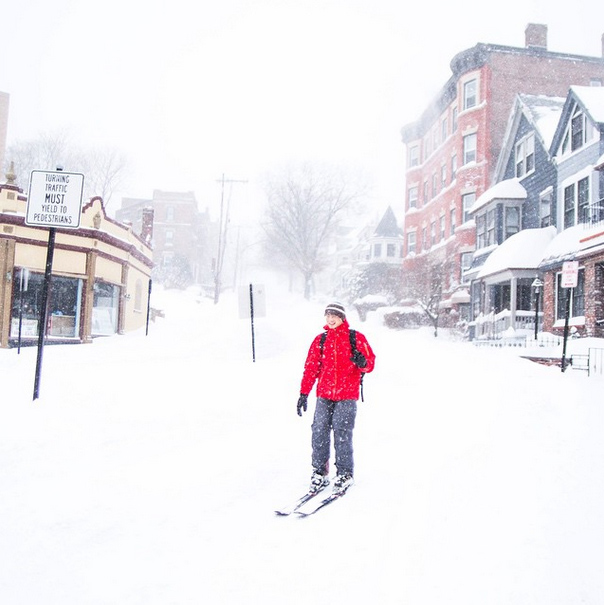

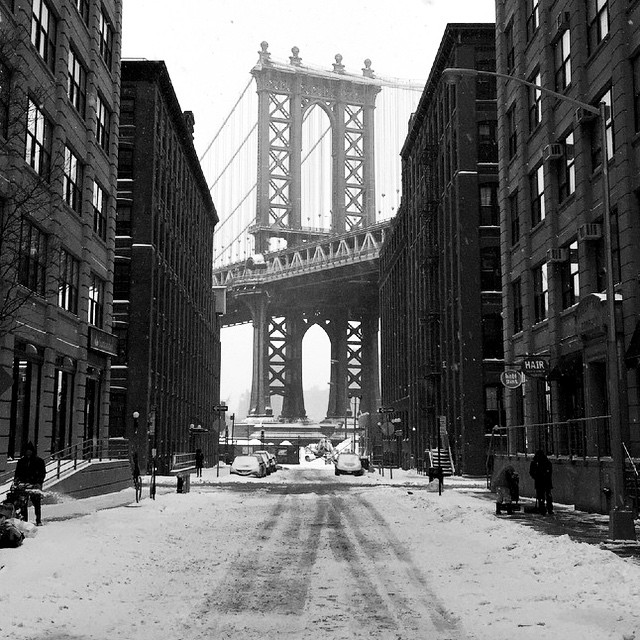






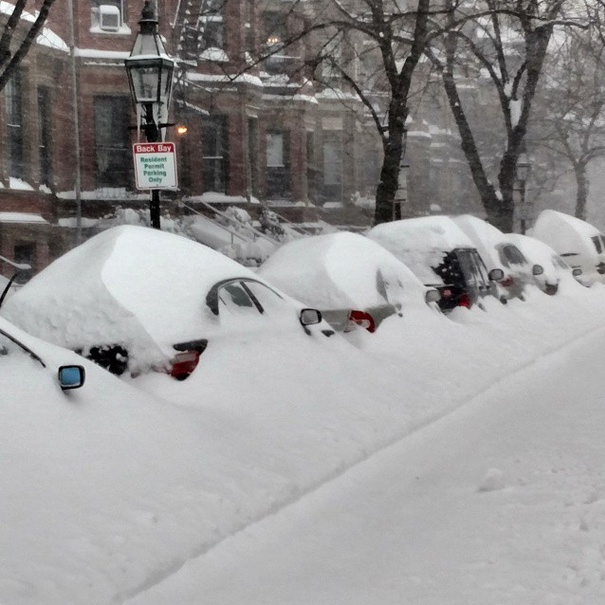
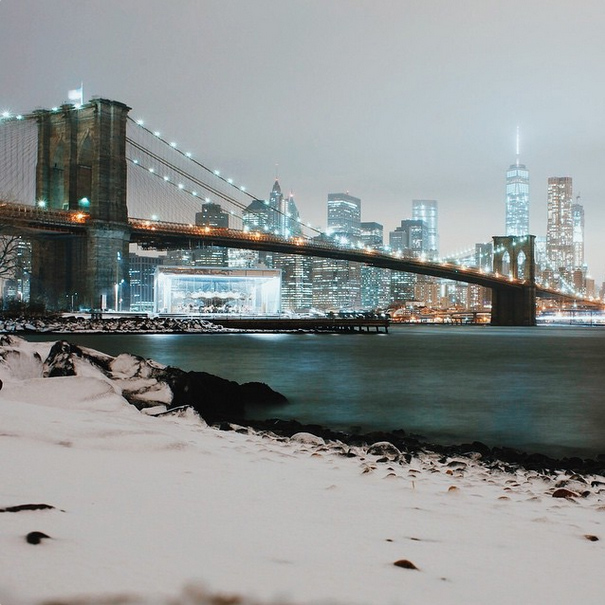

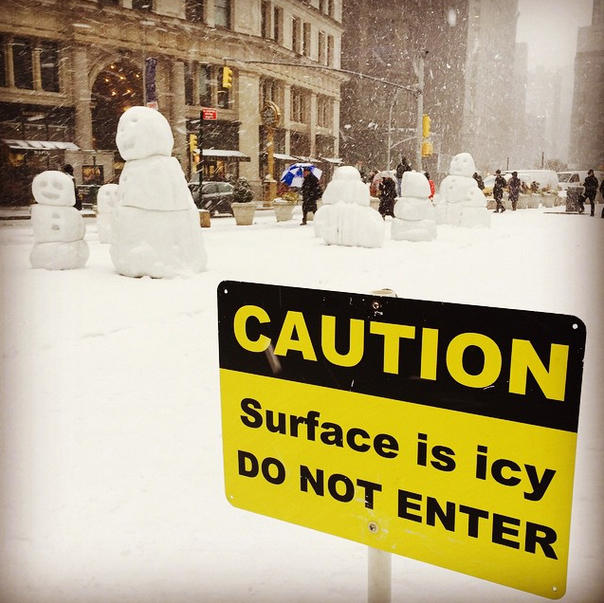

Overall cost to the economy
This category is the major question mark.
The greater New York metropolitan area’s gross economic output was roughly $1.4 trillion in 2014. Let’s assume the city has about the same economic output on the weekends as the weekdays: That’s about $3.8 billion in economic output per day. Does that mean the city lost $3.8 billion in economic output thanks to the storm?
That figure is a tempting starting point, but it’s way too high. The city didn’t completely shut down, as it might have if the storm really walloped the five boroughs. Lots of parents of school-free kids and commuters stayed at home, but some chose to work remotely. And many thousands braved the commute Tuesday morning when subway service began and travel bans were lifted. Electricity was still produced and paid for, radiators turned on, food was bought and sold, services exchanged.
But snowstorms still have far-ranging economic impacts. How did the storm and travel shutdown affect the metro area’s economy? According to a 2014 study by IHS Global Insight, a single-day travel shutdown costs New York State about $700 million, mostly in lost retail sales and lost wages. Consider that the greater New York metropolitan area’s economy (including parts of Long Island, Westchester, New Jersey and Pennsylvania) is larger than New York State’s as a whole, and that figure looks like a decent ballpark range to start for New York City — but it’s tough to put a precise number on things.
Summing it up
These numbers are really slippery. If previous studies are correct, the shutdown’s total cost was likely over $500 million, but not much more than $1 billion. The takeaway is this: For New York, biggest economic cost of dealing with this snowstorm probably isn’t the weather itself, which wasn’t as bad as feared. Instead, it’s the productivity loss related to the travel shutdown that’s the mostly costly thing.
More Must-Reads from TIME
- Donald Trump Is TIME's 2024 Person of the Year
- Why We Chose Trump as Person of the Year
- Is Intermittent Fasting Good or Bad for You?
- The 100 Must-Read Books of 2024
- The 20 Best Christmas TV Episodes
- Column: If Optimism Feels Ridiculous Now, Try Hope
- The Future of Climate Action Is Trade Policy
- Merle Bombardieri Is Helping People Make the Baby Decision
Contact us at letters@time.com